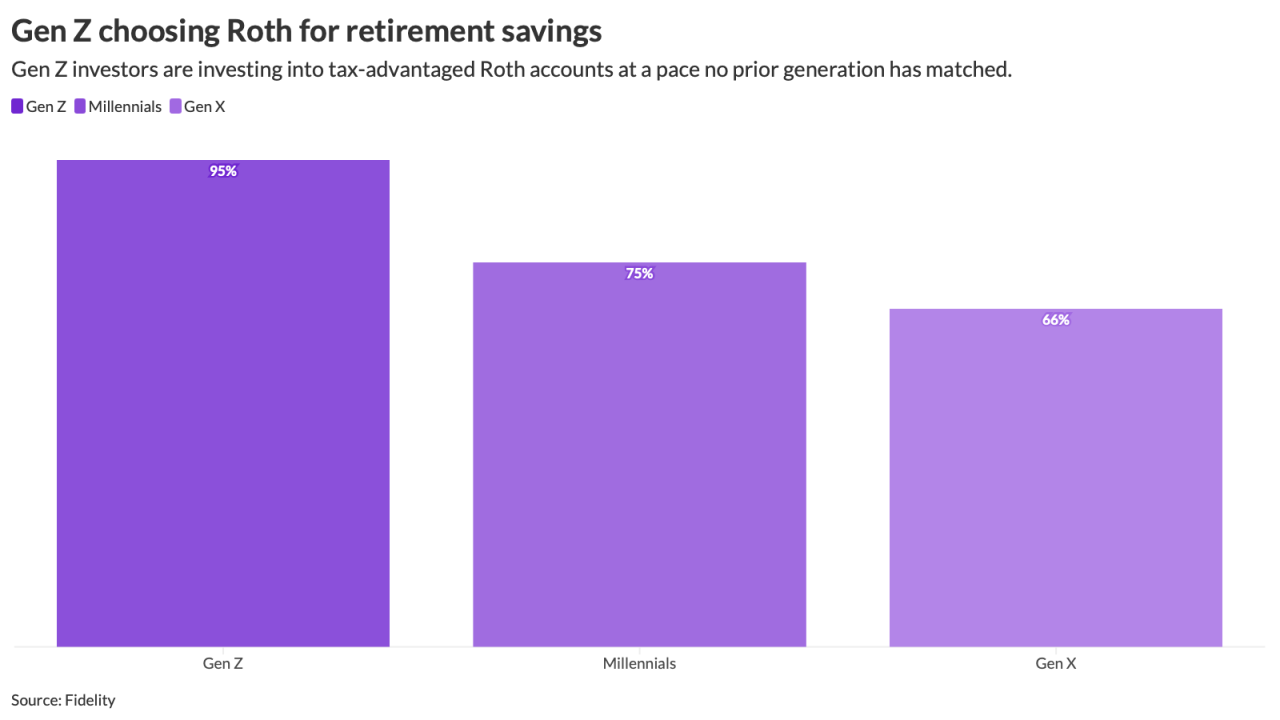Kate Frederick had a nursing plan.
After discovering that her newborn son refused to bottle feed, the Department of Health and Human Services employee secured him a spot at a daycare center directly across from her office — along with a doctor’s note detailing why she would need to visit and breastfeed him daily.
“I totally assumed that since it was Health and Human Services that it wouldn’t be a problem to feed him at his daycare,” Frederick says in a
But the department took issue with the plan. Frederick’s employer refused to let her leave the premises or breastfeed her son in an onsite lactation room, which, they said, she could only use for pumping. Her only option was to nurse in a public area.
“It was infuriating. They’re called the Department of Health and Human Services. Their mission is to serve families,” she says. “It was hypocritical on so many levels. They didn’t seem to care about any of the health risks to me or my son.”
Frederick was eventually fired from her job, and her story is one of several detailed in the new report, out from the Pregnancy Accommodation Working Group, an initiative of the Center for WorkLife Law at the University of California, Hastings College of the Law. The report provides an analysis of legal cases within the last 10 years related to breastfeeding at work, as well as interviews with workers, like Frederick, who filed suit against their employers.
Frederick says she never received an explanation for why HHS wouldn’t let her nurse at work. The judge in her case eventually dismissed her claim, the report notes, saying that the Nursing Mothers Law, which provides accommodations for nursing employees, did not cover breastfeeding.

Although there are federal and state laws protecting the right to breastfeed, the center says that about 27.6 million female workers of childbearing age do not have basic necessities for breastfeeding at work, including break time, space and other accommodations. Roughly two-thirds of the breastfeeding discrimination cases reviewed resulted in job loss, the center reports.
The stakes may be even higher for women working in male-dominated fields and low-wage hourly workers. More than half (64%) of the cases in the center’s database come from industries where there are more men than women, the study says. For women working in low-wage jobs, taking a break to pump could mean a loss of income. Such companies also may lack facilities for pumping and milk storage, the reports says.
See also:
While discrimination is still a problem, some companies have made strides in providing benefits to new moms. For example, breast milk shipping service Milk Stork announced last September that it had added more than 25 new companies to its roster; all now offer the service to workers. The list includes big names like Home Depot, Vox, Media, TripAdvisor and Pinterest.
Maven, a digital health startup,
“Workplace accommodations for breastfeeding significantly predict both breastfeeding outcomes and breastfeeding duration,” the report authors say. “Women who receive appropriate break time and private space for pumping breast milk are over twice as likely to be breastfeeding at six months, even after controlling for sociodemographic factors. Supportive work environments are critical.”





